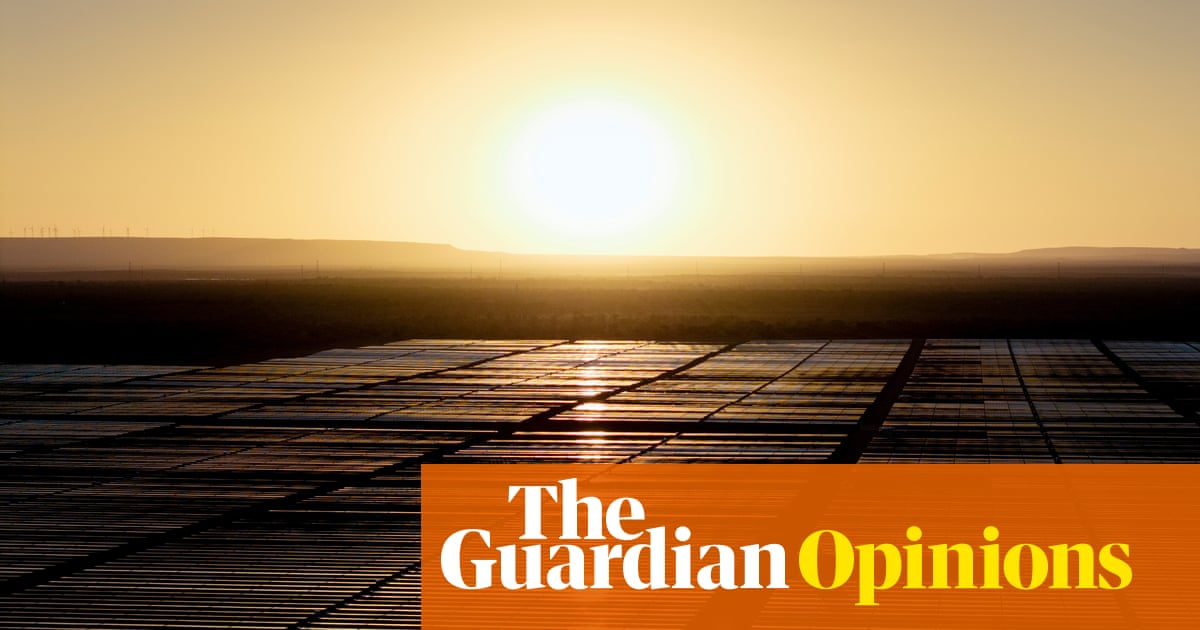Australia’s recent election results show a clear push toward renewable energy. While Labor didn’t focus heavily on climate issues during the campaign, they emerged with strong support for their goal: achieving 82% of the country’s electricity from solar, wind, and hydro by 2030.
The Coalition, supported by fossil fuel backers, criticized Labor’s stance. Despite this, Australians rejected that idea, evident in a notable swing towards the Australian Labor Party (ALP). The Greens faced setbacks in the House of Representatives, though they gained strength in the Senate.
Support for independent candidates has surged, rising from about 500,000 votes in 2019 to around 1 million this time. Many independents focus on climate change and women’s safety, indicating a growing desire for change among voters.
By 2025, Australia’s commitment to addressing the climate crisis could be stronger than ever. The Coalition’s plans to rollback climate policies clash with the majority’s wishes, confirming voters’ desire for a sustainable future.
Experts hold mixed views on whether reaching 82% renewable energy by 2030 is achievable, but the real goal is to accelerate the transition while maintaining reliability and keeping costs down. The next five years will be crucial in shaping this future.
Labor has already implemented several measures to support renewable energy, such as a capacity investment scheme and vehicle efficiency standards to promote cleaner cars. They’ve also introduced tax credits for green industries and revamped the safeguard mechanism aimed at major polluters.
However, results from the new safeguard mechanism reflect some challenges. While emissions dropped 2%, many major emitters increased their pollution, suggesting that tighter regulations may be necessary moving forward.
Future climate policies remain uncertain, but Labor is expected to release further plans soon, including decarbonization strategies across six economic sectors. A new emissions reduction target for 2035 is also due by September, with ambitious cuts already recommended by the Climate Change Authority.
Australia may also host the major international climate summit, COP31, which would increase global scrutiny on its fossil fuel exports, a significant contributor to the climate crisis.
Labor’s leadership offers a unique opportunity. Surveys show that many voters are in favor of more ambitious climate actions. With a recent electoral win, Labor has a chance to break from old patterns and truly address the climate crisis. The potential for impactful change is significant—will they seize it?












-PowerWash-Simulator-2-Announce-Trailer-00-00-20.png?width=1200&height=630&fit=crop&enable=upscale&auto=webp&w=480&resize=480,480&ssl=1)







